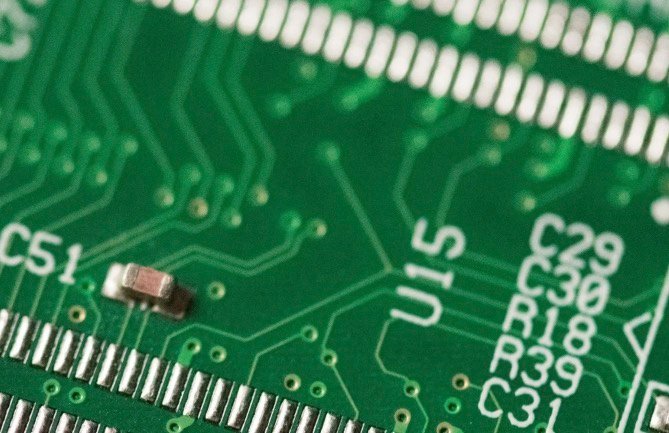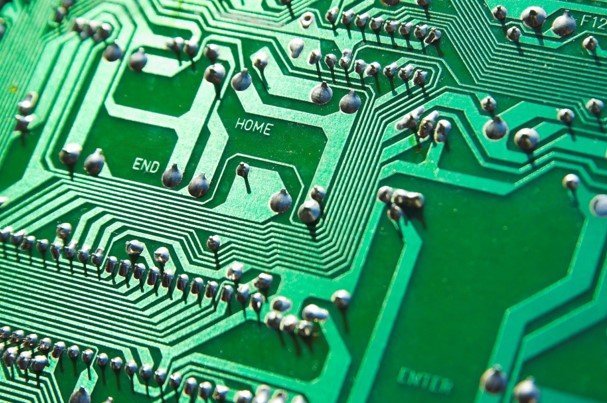Printed circuit board design has never been more accessible. We aren’t quite at the point where you can start designing PCBs without any knowledge at all. However, you can find all the tools, tutorials, and guidance that you need to get started for free online.
It’s unlikely that your designs will be perfect right off the bat, but if you are aware of some of the most common mistakes and how to avoid them, you will find it much less frustrating to get started.

Choosing the Wrong Software
Designing PCBs is so much easier if you have the right software. After all, in order to do any job to the best of your ability, you need to have access to all the necessary tools. In the case of PCB design, the essential tool that you need is design software. The right design software will depend on what you are designing your PCBs for, and what your prior experience level is.
You will find PCB design software available at every price point – there are free and open-source options, as well as professional packages that cost thousands of dollars. If you are relatively new to PCB design, Gepetto from Gumstix is among the best free software for custom motherboard design that runs in your browser. If you are looking for something more powerful or industry-specific, look for online reviews to guide you towards the most suitable options.
Inaccessible Nodes
No matter how diligent you are or how thoroughly you plan out your boards before you build them, it is inevitable that you will have to troubleshoot a board sooner or later. When this time comes, you will be very grateful to your past self for having had the foresight to ensure that your important nodes are easily accessible.
Inadequate Spacing for Components
Most of those who are new to PCB design initially make the mistake of trying to pack as many components as possible into as small a space as possible. However, while there is a lot to be said for compact PCB designs, there is a limit to how tightly you can pack components together before you run into trouble.
For one thing, the copper tracers in your board will expand when they get hot. If you don’t leave adequate space between your lines, they will end up merging and short-circuiting your entire board. Another problem with placing components too close to each other is that it can lead to electromagnetic interference. This interference will prevent sensors from providing accurate readings and can prevent other components from communicating properly.
Component Orientation
Orienting your components in the same way across all of your PCBs will make troubleshooting much easier and will enable you to put your boards together easily with a minimal error rate. The standard convention is to ensure that the 1 pin is always located in the top left corner. If all your components are oriented haphazardly then even the simplest of troubleshooting tasks can become far more complex than it needs to be.
Anyone can design and order their own custom PCBs today with relative ease, but it takes time to develop your PCB design skills. Make sure that you are mindful of the common mistakes outlined above and you can focus on improving your capabilities.







Leave a Comment